Larus dominicanus - The Cape Gull
The kelp gull is referred to as the Cape gull in South Africa. There is currently a movement to have the gull that lives on the South African shoreline renamed to Cape gull, as it is so similar to the kelp gull, but they are not identical species.
Did you know? The Cape gull is largely sedentary, and large colonies tend to stick to a favoured beach or coastal area. They frequently converge at popular feeding sites, and have been known to attack prey en masse.
This black and white gull is a common visitor to the beaches of the country. Its back and the tops of its wings are black; while the belly, head and tail are white. There are also white tips on the wings, called mirrors. The legs are a green-tinged yellow, which goes a brighter hue of yellow during the breeding season; and the bill is yellow with a vivid red spot on the underside.
Juveniles have a mottled-grey plumage, duller colouring on their legs, and a black bill. They take about three years to mature. The Cape gull has a shorter bill and a more angular head, and is differentiated by its pristine white tail and its dark-coloured eye.
Size
Range mass: 0.6 – 1.3kg
Range length: 54 – 65cm
Range wingspan: 128 – 142cm.
Habitat
Cape gulls live along the coastline of various countries and islands in the Southern Hemisphere, as well as in harbours, bays and estuaries. There are rarely found more than a few kilometres away from the sea.
Distribution
In southern Africa, Cape or kelp gulls can be found in particularly large colonies between Cape Cross (western Namibia), through to the Great Fish River in the Eastern Cape. There are also non-breeding birds in Angola, Mozambique and Luanda.
Visit the Tsitsikamma National Park along the Garden Route, the St Croix Island Marine Reserve in Port Elizabeth, the Cape Columbine Nature Reserve in the Cape West Coast town of Paternoster, and the Cape West Coast Biosphere Reserve in Cape Town.
Diet
Gulls are, in general, flexible diners; happy to take whatever is available. Naturally, they tend to favour fish, worms, molluscs, smaller birds, and even small mammals and vermin. They have been seen picking up shellfish, soaring up, and dropping them from a dizzying height to break the exoskeleton.
They will prey on young and sick animals (including beached whales and dolphins, or even cattle), or those small enough to grasp and kill. They are often seen eating fast-food and rubbish that has been left behind by bathers on the beaches. They are omnivores, so they will also eat berries and fruit, where available.
Socialisation
The Cape gull is largely sedentary, and large colonies tend to stick to a favoured beach or coastal area. They frequently converge at popular feeding sites, and have been known to attack prey en masse. This is the case when they peck out the eyes of seal pups and then attack the blinded pups in a group, leaving little chance of escape. Breeding colonies are made up of hundreds of pairs, and are gregarious and social all year around.
Communication
This gull variety uses a grating, harsh “ki-och” to communicate with others of its kind.
Reproduction
The kelp gull's breeding season is between September and January, when it will pair with its lifelong partner and lay between two and three eggs in it shallow nest. The nest is a simple large hollow in the ground or on the rocks, which has been lined with feathers and leaves to keep it warm and comfortable for the chicks. Both of the parents incubate the eggs and, once the chicks hatch, they are both responsible for feeding them.
At about seven weeks old, the chicks are ready to fledge. They will reach sexual maturity at between three and four years of age.
Incubation
24 to 30 days.
Life Expectancy
Up to 20 years.
Threats
The Cape gull's population numbers are high; exceeding four million. However, they do face various challenges. They are considered to be pests by many, who pursue damaging ways of getting rid of them; including poisoning and pellet guns. Pollution (including oil spills), urban and marine-based development, and collisions with trawler warp cables are all additional threats to these birds.
References
Carolina Birds; ARKive; BirdLife; Animal Demography Unit.
Stay at Cape Gull
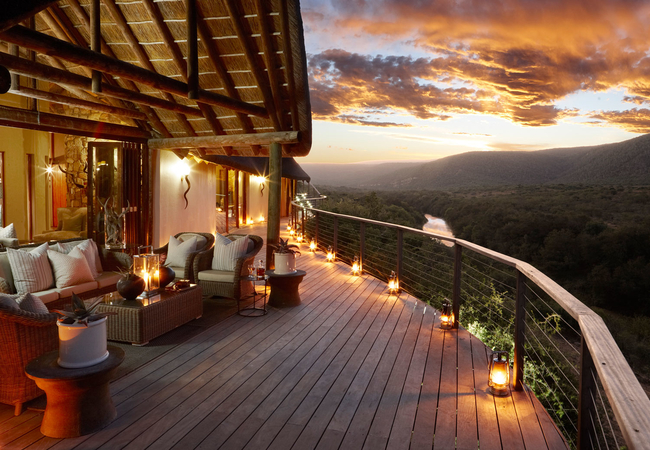
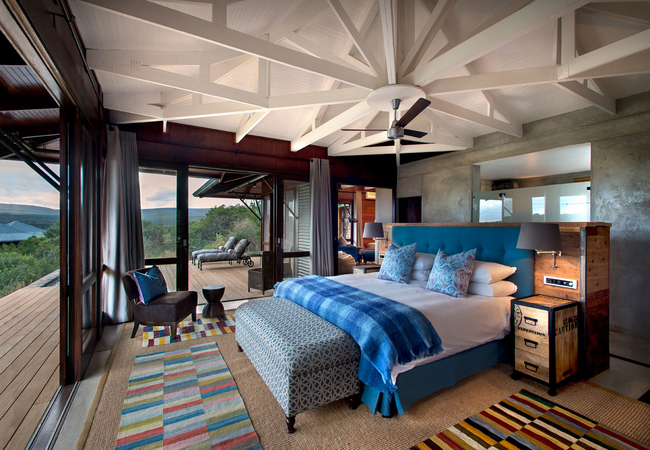
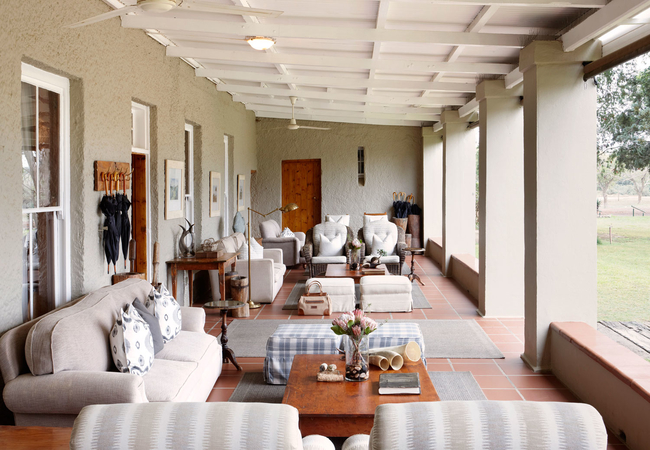
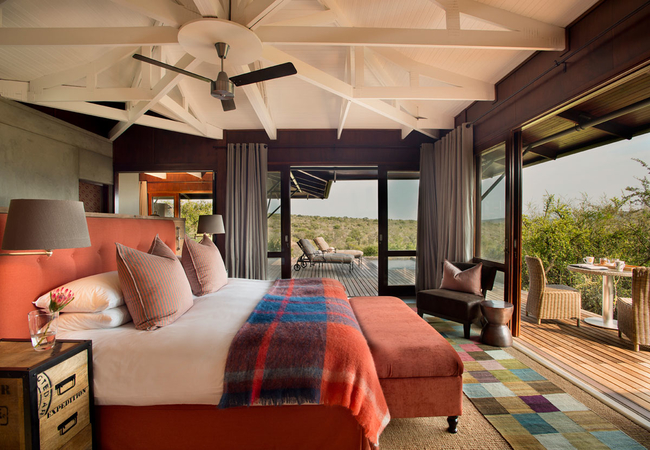
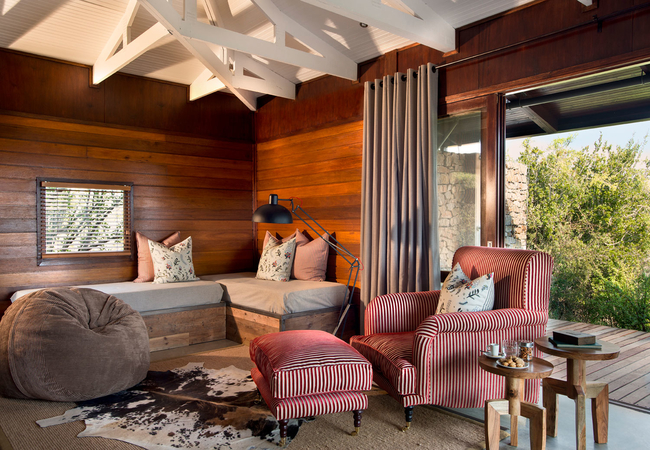
Fish River Hotel / Game Lodge
Kwandwe Great Fish River LodgeSleeps 18 people in 9 rooms
Great Fish River Lodge is located in the magnificent malaria-free Eastern Cape, Kwandwe Game Reserve and is within easy ...
- free wifi
- all ages welcome
- parking
- swimming pool
- airport transfers
- from 44200
- R
- 41990
- per room per night
based on 2 persons
instant booking possible
Additional Reading
You might also be interested inWhere to see Cape Gull in their natural habitat?
Want to see Cape Gulls in their natural habitat? In South Africa, the Cape- or Kelp Gull can be seen on many beaches, areas and reserves including...
Cape Gull
concern
Birdlife
- Birders from around the world come to South Africa to experience the great variety of typically African birds, migrants, endangered, and endemic birds.
- Endemic and Near-Endemic
- Other Notable Species
- African Darter
- African Fish Eagle
- African Hoopoe
- African Jacana
- African Sacred Ibis
- African Scops Owl
- African Spoonbill
- Barn Owl
- Bateleur Eagle
- Bearded Vulture
- Black-headed Heron
- Black-shouldered Kite
- Blue Waxbill
- Common Waxbill
- Crested Barbet
- Egyptian Goose
- Glossy Ibis
- Great White Pelican
- Greater Flamingo
- Grey Crowned Crane
- Grey Heron
- Hadeda Ibis
- Helmeted Guineafowl
- Kori Bustard
- Lappet-faced Vulture
- Lilac Breasted Roller
- Little Bee-eater
- Little Egret
- Malachite Kingfisher
- Marabou Stork
- Martial Eagle
- Ostrich
- Pel's Fishing Owl
- Saddle-billed Stork
- Secretary Bird
- Southern Ground Hornbill
- Spotted Eagle Owl
- Wattled Crane
- Birder-Friendly Lodging
- Game Reserves
Tips & Information for Tourists
- Travelling to South Africa? We make it easy for you to plan your trip online. We have some useful tips for tourists and then start planning your trip with our introduction to South Africa.
- By Province
- Getting to South Africa
- Getting Around in South Africa
- South Africa's Climate
- Exchange Rates and Currency
- Maps / Atlas
- Malaria Risk Areas
- Wildlife
- Birdlife
- Plant Life
- Languages and Culture
- South African Cuisine
- Top Attractions in South Africa
- Popular Tourist Routes
- Find a Hotel
SA-Venues.com® has been assisting travellers with their South Africa travel plans since 1999, and is the largest, independent online travel guide for South Africa available in both English and German.
SA-Venues.com © 1999-2024. All Rights Reserved. Find and book hotels and accommodation in South Africa. Sitemap





